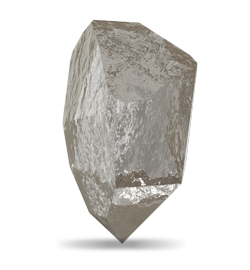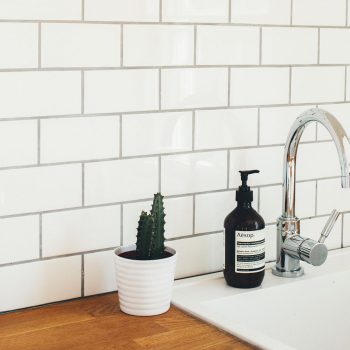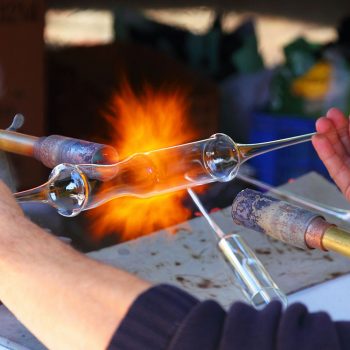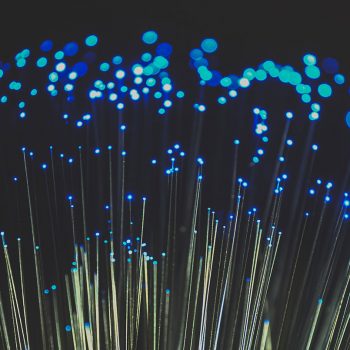Zircon
The worldwide demand for zircon is being driven by urbanisation of developing economies, world economic growth and the increasing end applications of zircon. However, the global supply of zircon is declining due to current mines coming to their end of life and associated declining grades.
Almost half of the zircon produced is used in ceramic applications due to its high refractive index, adjacent to diamonds, which scatters and reflects light. The surface layer of most tiles, bathroom ware and crockery obtain their glazed finish, durability, and resistance to discolouration, from zircon products used in their manufacture. Zircon usually occurs in lower quantities than all the other titanium dioxide minerals in the deposits and attracts a premium price.
Characteristics
![]()
Opacifier in ceramics
Floor and wall tiles, sanitary ware and tableware.
- Opacity (whiteness)
- High refractive index (Zircon refracts and reflects white light well)
- Durability
![]()
Refractory and foundry steel
Glass production, casting of jet turbine engines.
- Zircon flour and Opacifier is used as a surface layer on the moulds to produce complex shapes in the foundry process. Its high melting temperature and low expansion coefficient ensures precision in the casting process.

Zirconium metal
Nuclear reactor cores / rod heat exchanges.
- Low thermal neutron absorption
- Increases nuclear reactor efficiency
- Inert
- Corrosion resistant
![]()
Zirconia and zirconium-based chemicals
Refractions, pigments, abrasives, electronics, catalysts, fibre optics.
- Unique properties
- Compound derivatives of zircon suitable for diverse industrial and chemical applications







